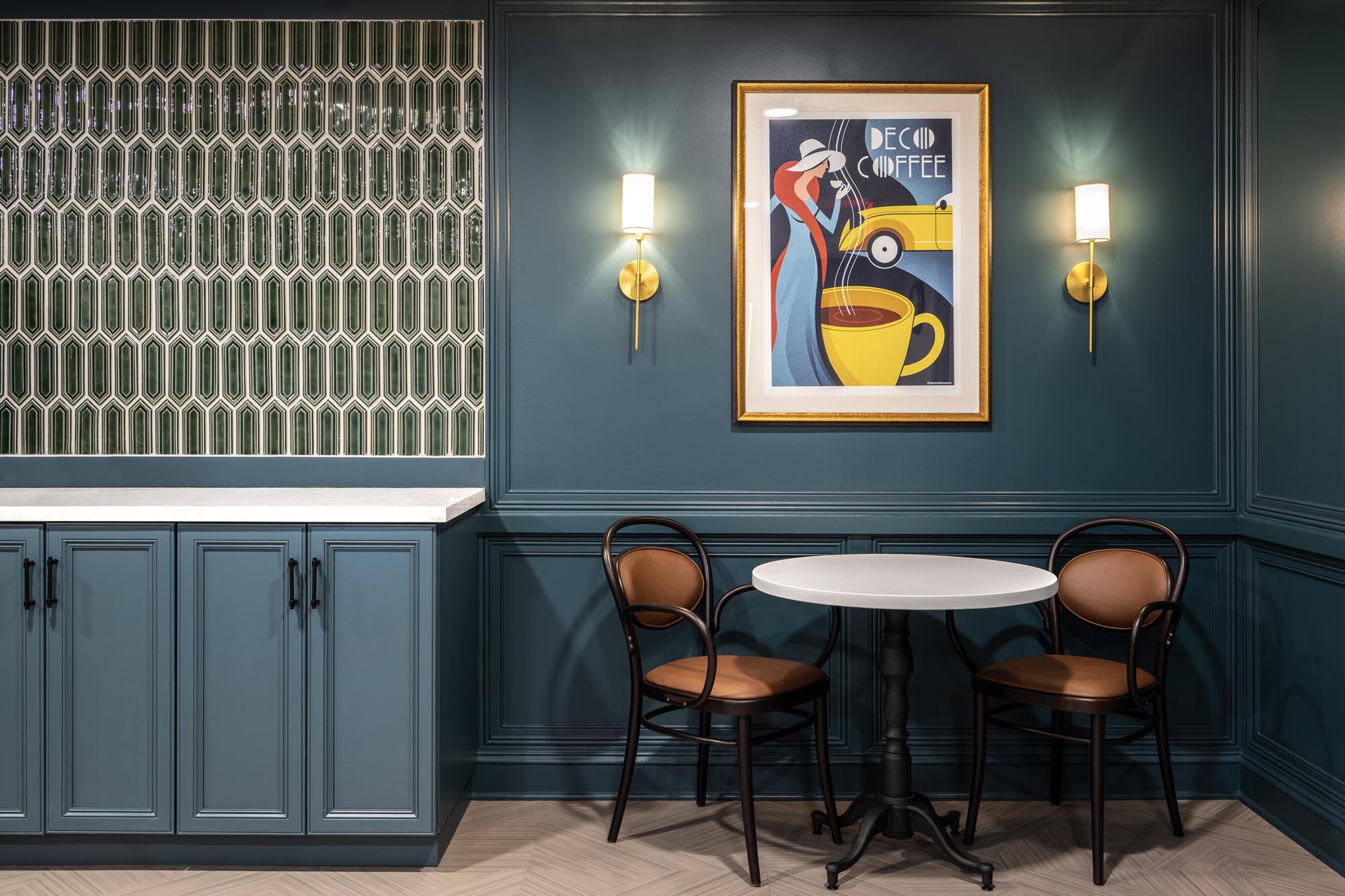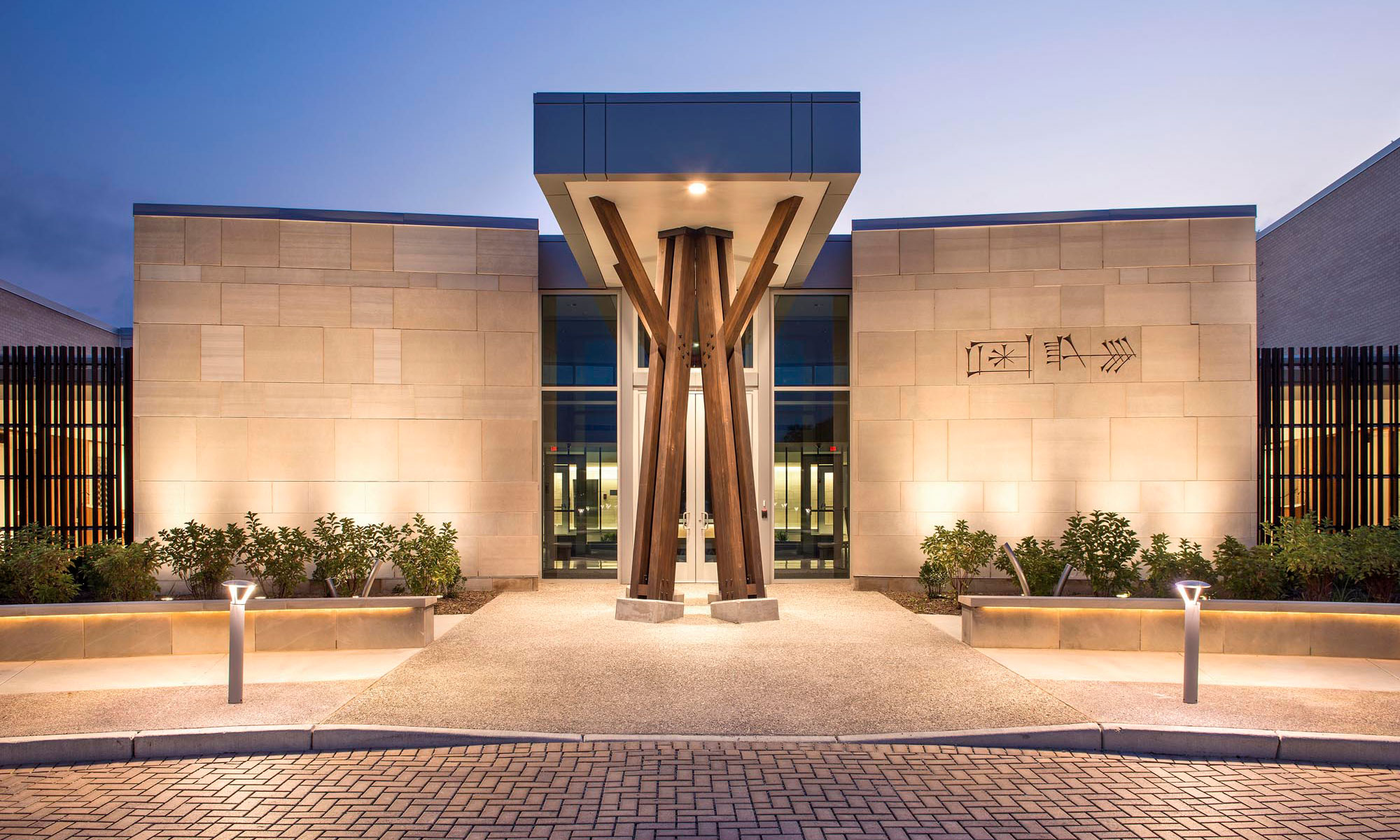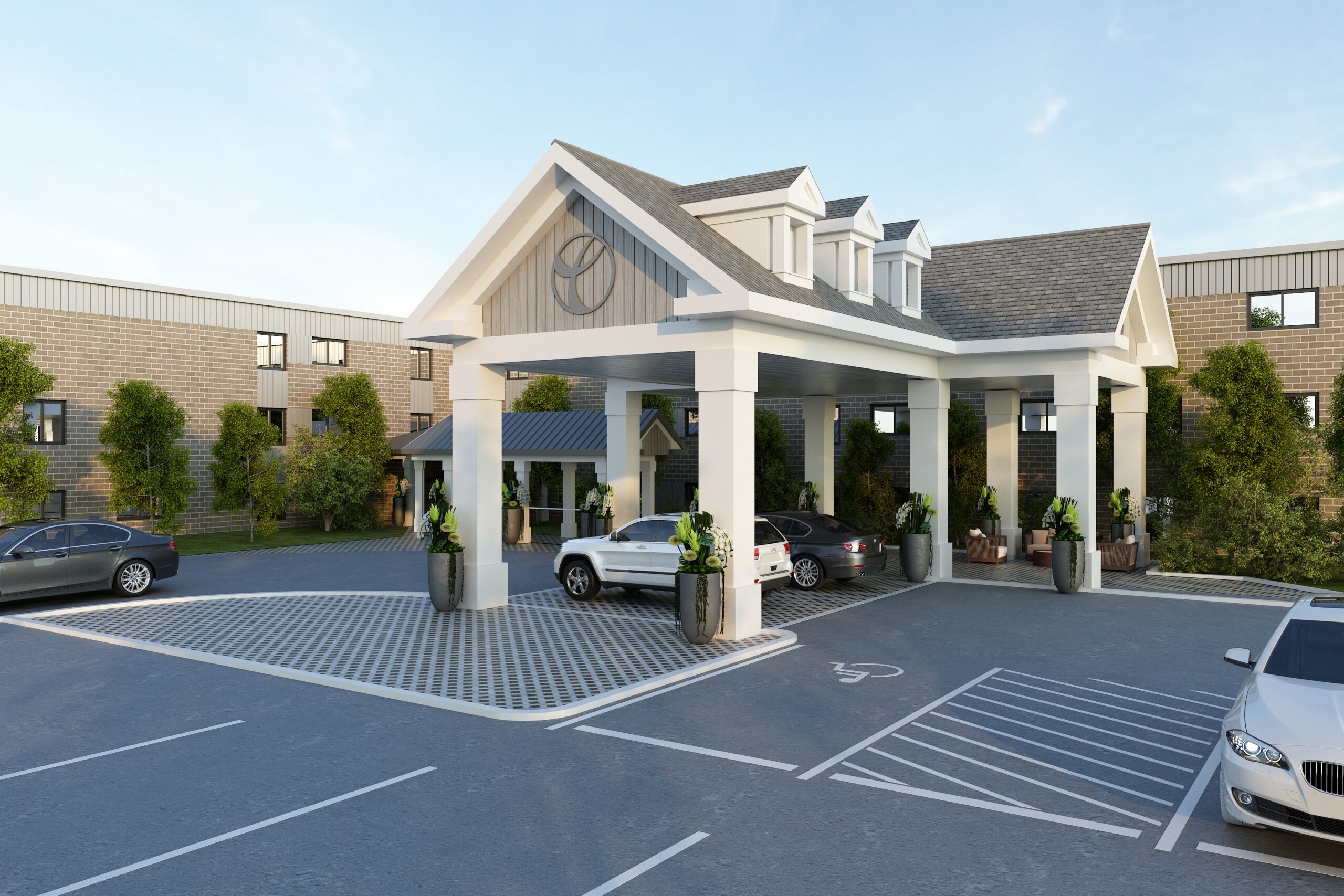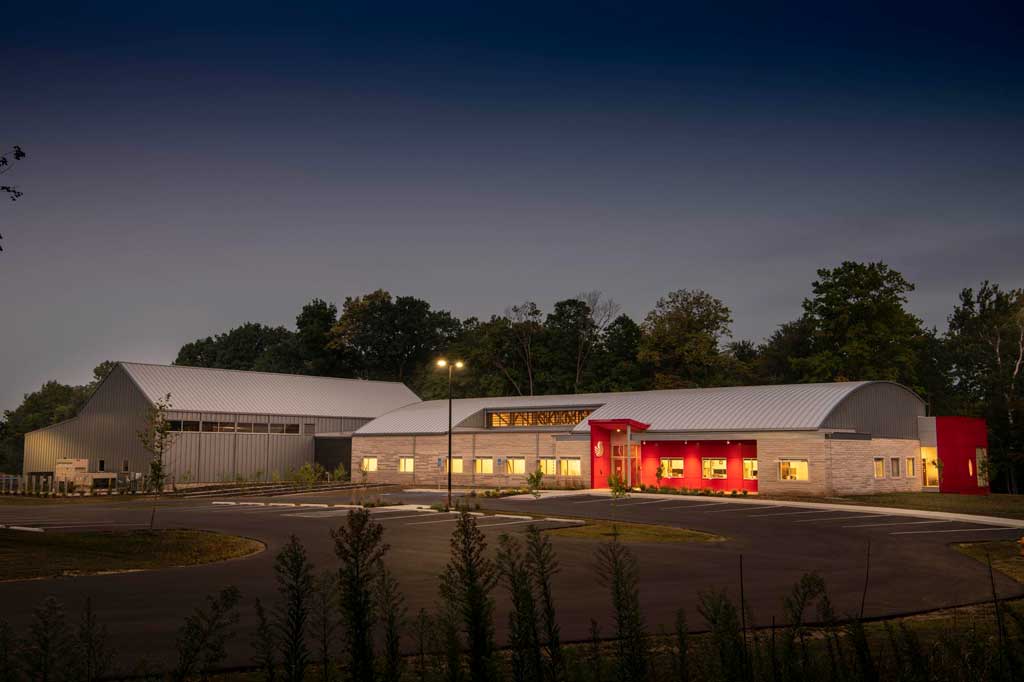As the lines in our lives between live, work, and play become more seamless, so do the spaces. Our homes are a reflection of our identity and our values and we’re beginning to seek those same things in the other spaces that we spend time in. Driven by the goal to create spaces that elevate and inspire, the hospitality market has been on the forefront of delivering comfortable, personalized, and immersive experiences. More and more industries are looking to the hospitality market to help build a sense of community and purpose and, as a result, their environments are becoming richer, more authentic, and more engaging.
Libraries


Every structure we build should be responsive to the people and places it serves. In hospitality, the goal is always to create a space where people want to gather. Boutique hotels stand out in this regard, wowing guests with their individuality and place-based identity. We extensively explore the local context, history, and culture to deliver an authentic, story-driven experience—one that aligns with the spirit of its surroundings, and in turn, improves the guest experience and community at large. Considering every moment of engagement a guest could have, designers carefully plan the location of communal and private spaces, consider the comfort and longevity of furnishings, and emphasize adaptable and multi-functional settings.
Once governed by its book-bound collections, the modern library has merged with other service-driven industries to become a hybrid space that promotes social wellbeing, cultural engagement, and lifelong learning. Just as hotels provide an array of multi-functional and communal spaces, libraries are seeing an increasing need for a range of adaptable accommodations, from quiet spaces for working and reading to areas that encourage conversation, socialization, and celebration. A full understanding of the local context and culture is vital to designing an inclusive, adaptable space that offers curated, community-tailored experiences. Whether a grand architectural structure or modestly designed space, today’s libraries are rooted in place.
Workplace


Gone are the days of the inflexible, one-size-fits-all office. Thanks to a perfect storm of factors, including the increased mobility of technology, hybrid work quickly becoming the new normal, and a growing emphasis on protecting health and well-being, the lines that once existed between home and office are more blurred than ever. As the workplace evolves into a hybrid of spaces that promote flexible team collaboration, brand-immersive experiences, and communal gatherings, the influence of hospitality-driven design will continue to shine bright.
This is best expressed through the incorporation of hospitality-inspired amenities and communal spaces. Many businesses are beginning to understand the value of providing their workforce with more amenity-based choices—not necessarily to take a break from work, but rather, take a break from the way they’re working and explore other settings that feed their creativity and productivity. Similar to a hotel guest’s freedom to move between public and private spaces, these varied work environments can be key to attracting and sustaining an increasingly neurodiverse workforce. We’ve also seen the design aesthetic for the modern-day office shift to a decidedly less “office-like” vibe, retiring the traditional corporate décor for furnishings and materials that resemble a sharp hotel room or lobby space.
Senior Living



Hospitality has undeniably impacted the senior living sector when it comes to the resident experience, but there are abundant opportunities to turn to hospitality to elevate the staff experience as well. It’s a challenging field that requires long hours and a multitude of skills, from physical to emotional caregiving, and one that can often lead to physical and mental stress and ultimately, burnout. With a labor shortage that’s the worst in all of healthcare, designing long-term care facilities to be a healthy home and a healthy workplace clearly matters—just like the design of a destination hotel is vital to building guest loyalty and employee satisfaction.
Similar to an amenity-filled hotel space, care facilities can provide areas for respite through private staff spaces infused with biophilic design elements such as water features, daylighting, artwork, and calming colors and forms, as well as beautiful, intentional outdoor spaces. Beyond promoting health and wellbeing, the incorporation of hospitality-inspired design can also help supportive facilities differentiate themselves in an effort to strengthen recruitment and retention. By prioritizing the design of staff spaces as much as resident spaces, we can create a place where employees feel empowered to do their best work.
Education
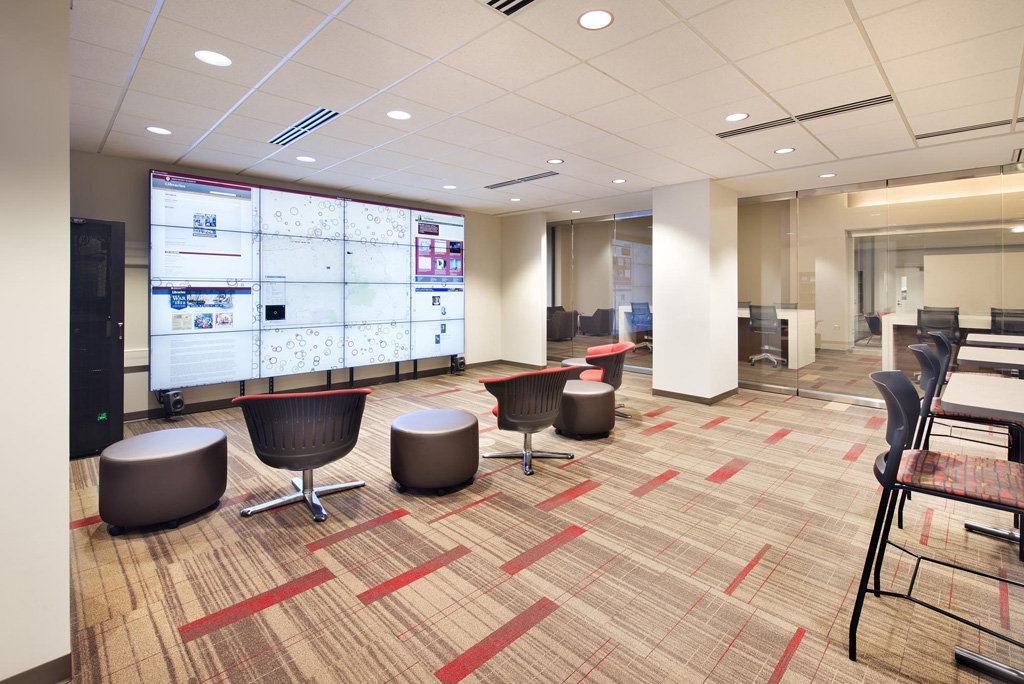
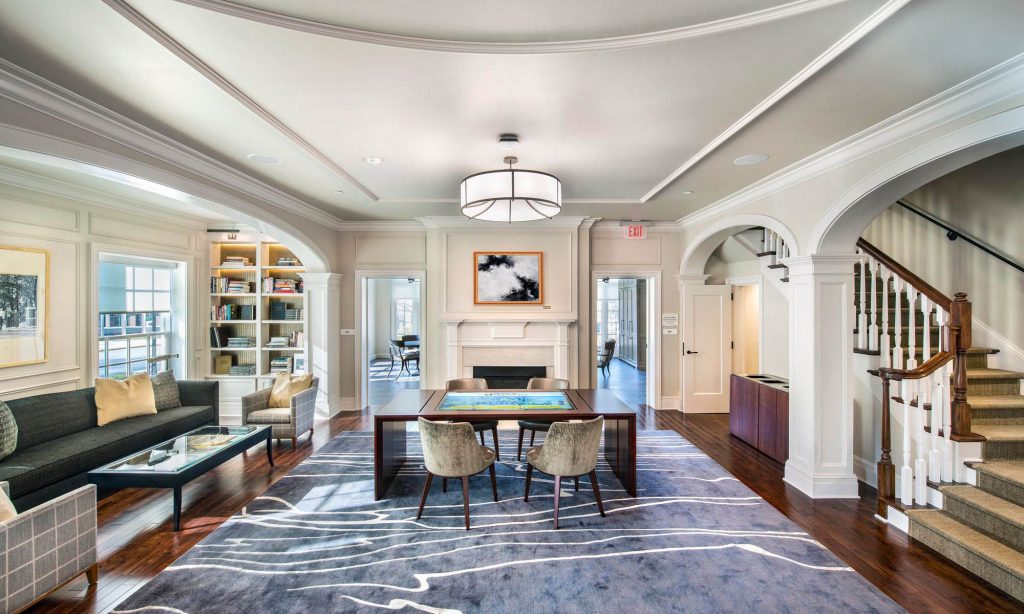
To accommodate Gen Z learners, K-12 environments are evolving into dynamic, technology-rich, student-led spaces that foster their natural inclination for engagement, discovery, and hands-on learning. With value top of mind, higher education students expect flexible spaces that prioritize academic support and connectivity, as well as advanced technology and security systems. As the most digitally engaged student population, they expect nothing less than innovative technology, digitally immersed spaces, and advanced security options across the board—features that can be incorporated in both schools and hotels. Preferring independence, but not isolation, they seek out spaces where they can work “alone together.” Combined with their value-conscious attitude, neurodiversity, and chronic stress and anxiety rates, purpose-driven, adaptable spaces that promote shared experiences and provide a connection to the outdoors are key to the success of both education and hospitality environments. Much like the focus on flow and a guest’s full journey in a hotel space, intentionality in the planning and design of educational and common areas is more important than ever. With Gen Z already making up 40% of the world’s consumer population, the hospitality market can, and should learn from other industries’ efforts to adapt to this entirely unique generation.

